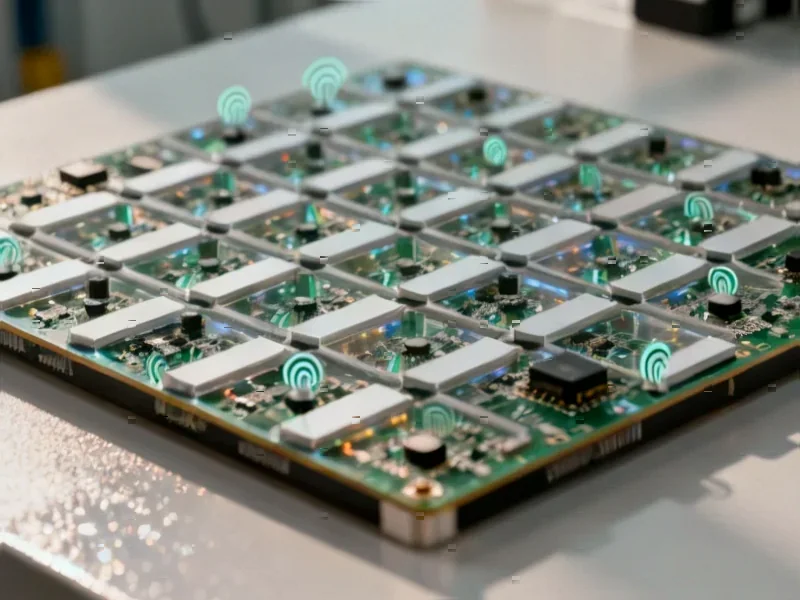According to ExtremeTech, AOC has unveiled what it claims is the world’s fastest gaming monitor with a staggering 1,000 Hz refresh rate at 1080p resolution. The 27-inch display can also run at 500 Hz when set to 1440p resolution, making it the highest refresh rate monitor ever announced. The company’s new lineup leaked to ITHome via VideoCardz includes several other high-speed models including a 5K 165Hz display that can hit 330 Hz in 1440p mode and a 420 Hz QHD model with circular polarization. AOC also showed a 360 Hz QHD monitor that promises a “1,000 Hz effect” without actually running at that speed and a 24-inch TN panel running at 400 Hz. The key unknown is whether the flagship 1,000 Hz model uses OLED technology or more traditional panel types.
The speed race hits diminishing returns
Here’s the thing about refresh rates beyond 240 Hz – we’re deep into the territory of imperceptible gains. I mean, we’re talking about differences measured in single milliseconds. For professional esports players who make their living reacting fractions of a second faster than opponents? Maybe there’s an argument. But for the other 99.9% of gamers? It’s basically bragging rights.
And that’s assuming this thing actually uses OLED technology. The article points out that if it’s OLED, we’re looking at near-zero input lag combined with that insane refresh rate. But if it’s using more traditional panel technology like Super-TN? The benefits shrink dramatically. You’d get the high number on the box without the actual responsiveness that makes OLED so special for gaming.
The broader monitor landscape
What’s really interesting about this AOC lineup is how it reflects where the monitor industry is heading. We’re seeing Samsung pushing 500 Hz OLEDs, other manufacturers experimenting with 700 Hz designs, and now AOC claiming the 1,000 Hz crown. It’s becoming clear that super-fast refresh rates are the new battleground for gaming monitors.
But look at the other models in AOC’s leak – that 5K 165Hz display that can scale down to 330 Hz at 1440p tells me they’re hedging their bets. High resolution still matters for many gamers, and being able to switch between quality and speed modes might actually be more useful than chasing ever-higher numbers.
Practical reality vs marketing hype
So who actually needs 1,000 Hz? Basically nobody. The human visual system has limits, and we passed the point of noticeable improvements several hundred hertz ago. What we’re seeing here is the monitor equivalent of smartphone megapixel wars – numbers that look great in marketing materials but deliver minimal real-world benefits.
The “1,000 Hz effect” model in their lineup says everything. They know most people can’t tell the difference, so they’re creating technology that mimics the feeling without actually delivering the performance. It’s clever marketing, but it raises questions about whether chasing these extreme numbers is the right direction for the industry.
Don’t get me wrong – progress is good. But I’d rather see innovation in areas that actually matter to everyday gamers. Better HDR performance, more affordable OLED options, improved motion clarity at reasonable refresh rates. Those are the improvements that would make a real difference to most people’s gaming experience.



